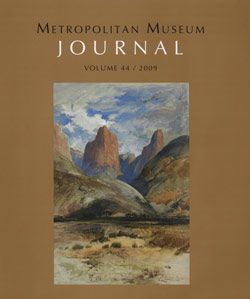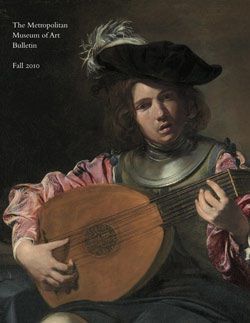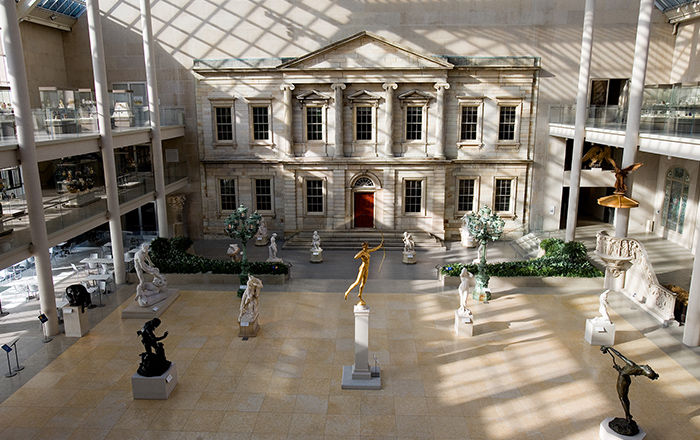Colburn's Butte, South Utah
Thomas Moran American, born England
Not on view
The journey that resulted in the first painting of the Grand Canyon also yielded this watercolor by the same artist, Thomas Moran. In late July 1873, Moran was en route from Salt Lake City to the north rim of the Grand Canyon to join the expedition of John Wesley Powell. Near Kanarraville, Utah, he recorded in his sketchbook two Navajo sandstone pinnacles that offered a preview of the magnificent Zion Canyon to the south, which he visited days later. With Moran was Justin Colburn, a correspondent for the New York Times, to whom he eventually gave the watercolor he made from the sketch and whose name he gave to its principal feature.
Colburn's Butte, today called Tucupit Point, is in the Kolob Canyon section of Zion National Park. In Moran's watercolor, it is distinguished by the white cloud swirling down to silhouette its peak. The spontaneous-looking passage sets off a zigzag pattern of hill and grass that continues to the bottom of the sheet. Such celestial-terrestrial dynamics were a hallmark of the work of the English-born Moran, an admirer of the turbulent landscapes of J. M. W. Turner. From the watercolor Moran designed an engraving that was published in the art magazine The Aldine in 1874.
This image cannot be enlarged, viewed at full screen, or downloaded.



